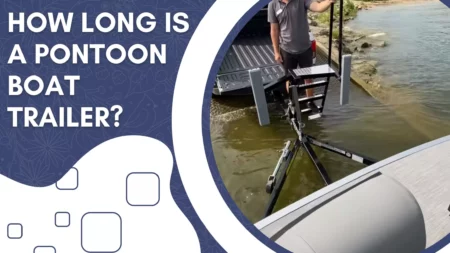Even though pontoon boats might seem simple, these crafts can handle serious water challenges.
They are not just leisurely fishing vessels but can also handle strong currents and waves. And with their shallow draft and vast body, they’re’ perfect for lakes and rivers.
Whether you’re new to boating or planning your first trip with a pontoon boat, I will help you understand how they work and give you an overview of the different types of pontoons.
Many different makes, models, and sizes are available today, as many other accessories, so it’s’ essential to make informed decisions before taking one out on the water.
With that in mind, let’s consider everything you need to know about driving a pontoon boat.
Pontoon boats are a great way to enjoy the water with family and friends. They are relatively easy to operate and can be a lot of fun.
The Pros And Cons Of Driving A Pontoon Boat
Pros:
Cons:
Detailed Steps Of How to Drive a Pontoon Boat
Driving a pontoon boat for the first time includes preparing your passengers, securing the ship, starting the motor, and safely leaving the dock, marina, or slip.
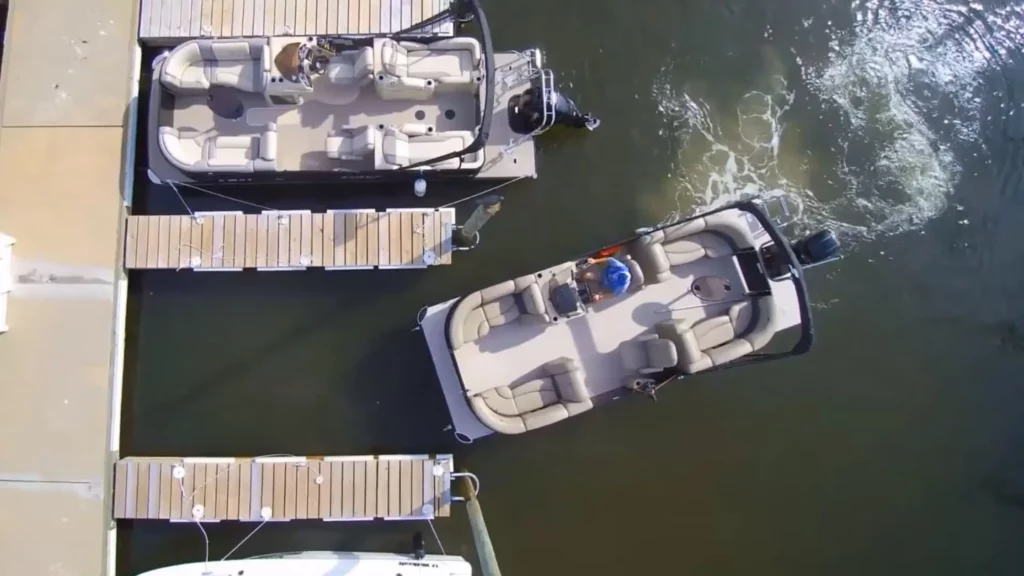
All passengers, especially children, should wear life jackets or personal flotation devices.
Check everyone’s life jackets before doing anything.
In all states, passengers aged six years and younger must wear a PFD (personal flotation device) approved by the US Coast Guard.
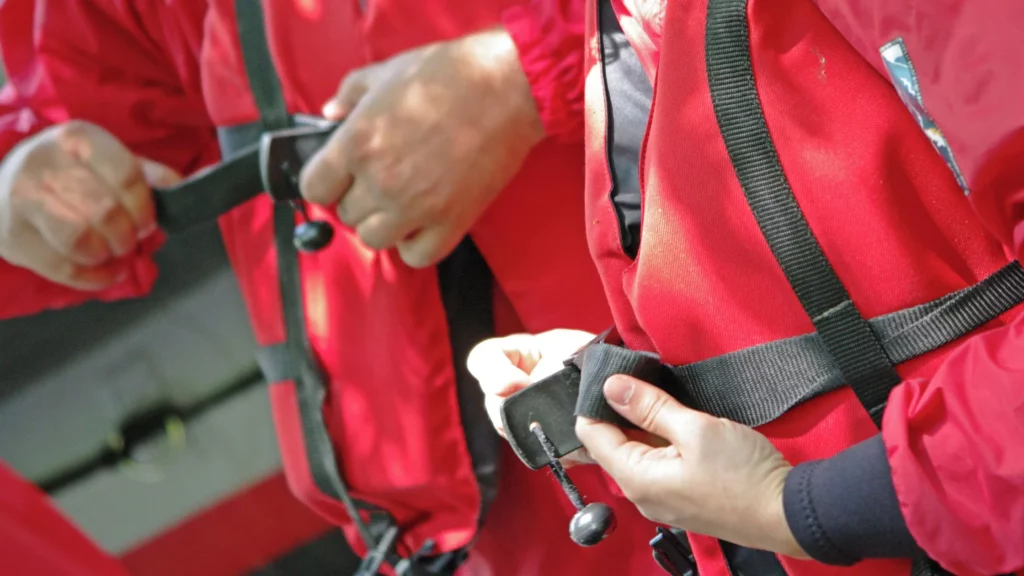
Passengers should wear life jackets before walking down the dock and stepping on the boat’s deck.
The pontoon boat captain’s job is to ensure all passengers wear life jackets that fit them before they board the boat.
The safety equipment checklist includes other safety items besides life jackets, many of which can be found here.
Before heading out, ensure you have a full fuel tank and that your radio works.
Check the fuel indicator on the console after you have checked the passengers’ safety and seated them evenly – i.e., don’t have them all installed on one side of the boat. Don’t underestimate the amount of gas you need for the trip, and make sure the fuel tank is full.
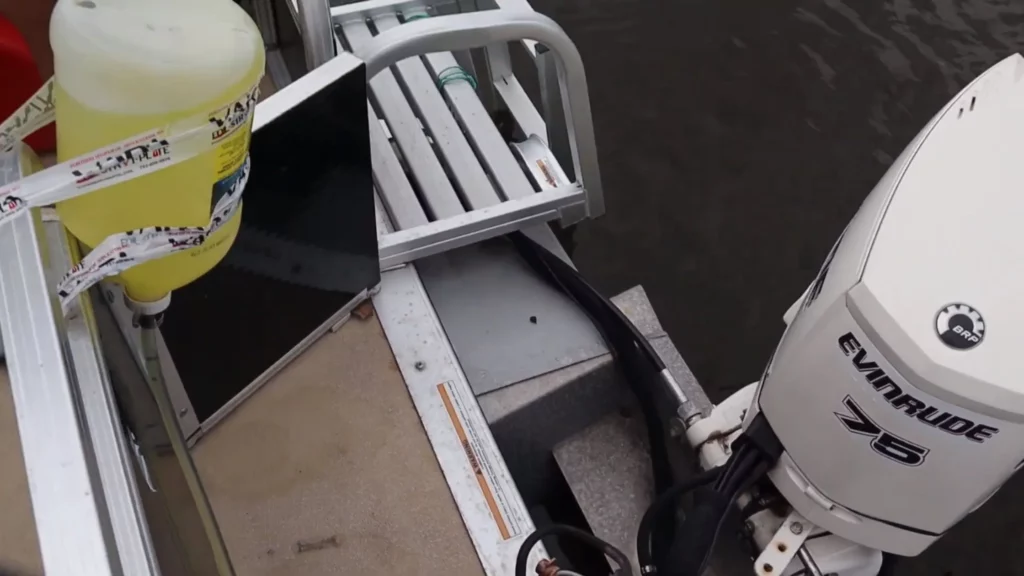
Make sure the radio is fully operational next. Your pontoon rental crew can give you a basic tutorial on marine radio if you’re new to it.
Having a fully charged phone with you is also a good idea since this will be the first method you’ll use if you need to contact shore.
Stow or position any equipment being carried securely.
To keep passengers safe, you must secure or fasten down any loose and heavy items on the pontoon boat deck.
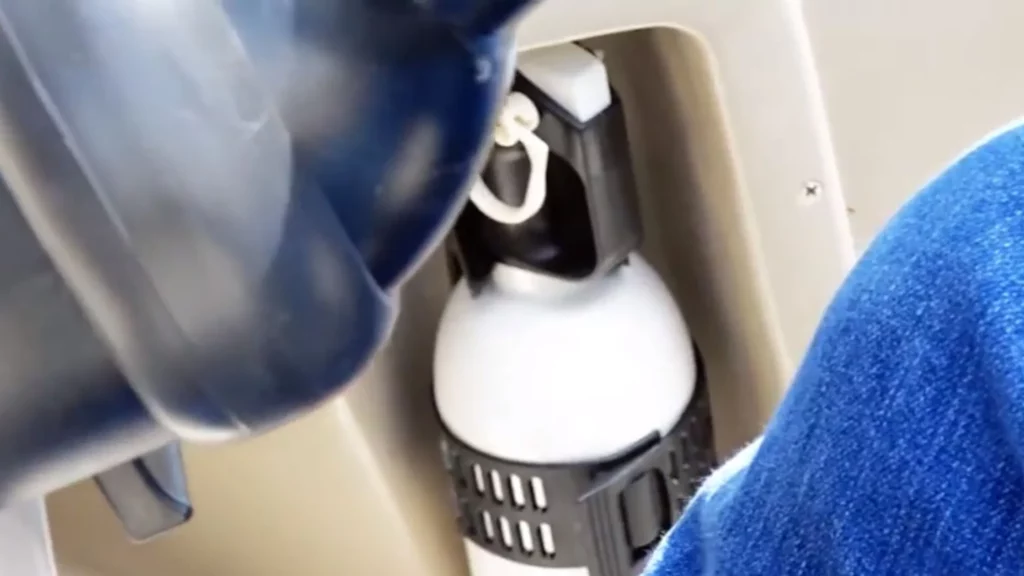
Ensure that fishing rods, water sports equipment, bags, and cool boxes are either strapped down or pushed up against a lounger or side railing for stability.
Before driving, start the motor and allow it to warm up.
You are now ready to start the motor (outboard motors are commonly used in pontoon boats).
Start the engine by turning the ignition or motor “on” and letting it warm up for a few minutes.
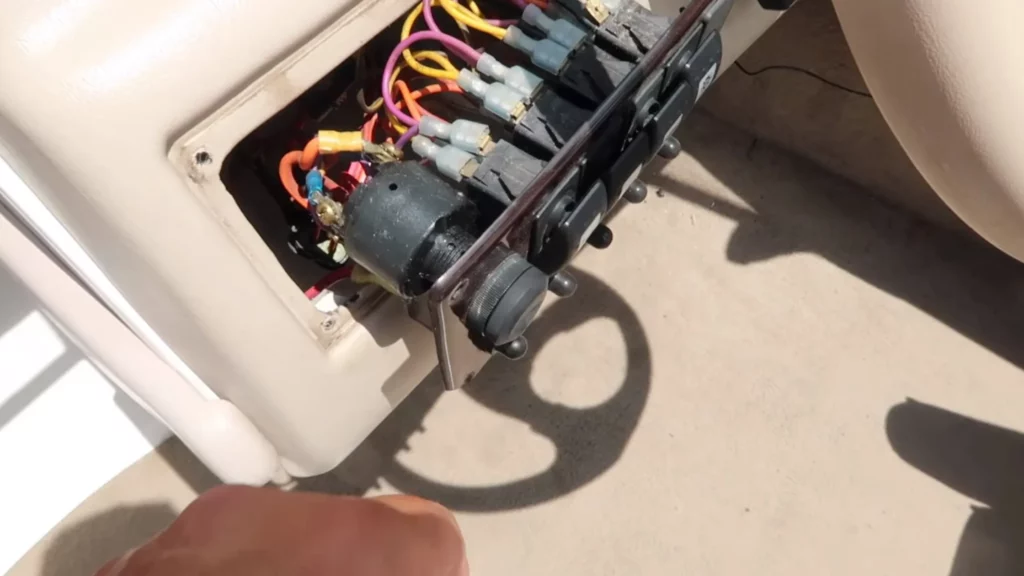
Warming-up times differ from boat to boat, so check the manufacturer’s specs or ask the pontoon rental staff what they recommend, but in most cases, it will be between one and five minutes.
Use the trim button on the throttle to keep the motor in the water.
Trimming refers to the distance your motor sits from the water’s surface in boating. The engine will need to be trimmed down before you start so it sits at a superficial level rather than deep.
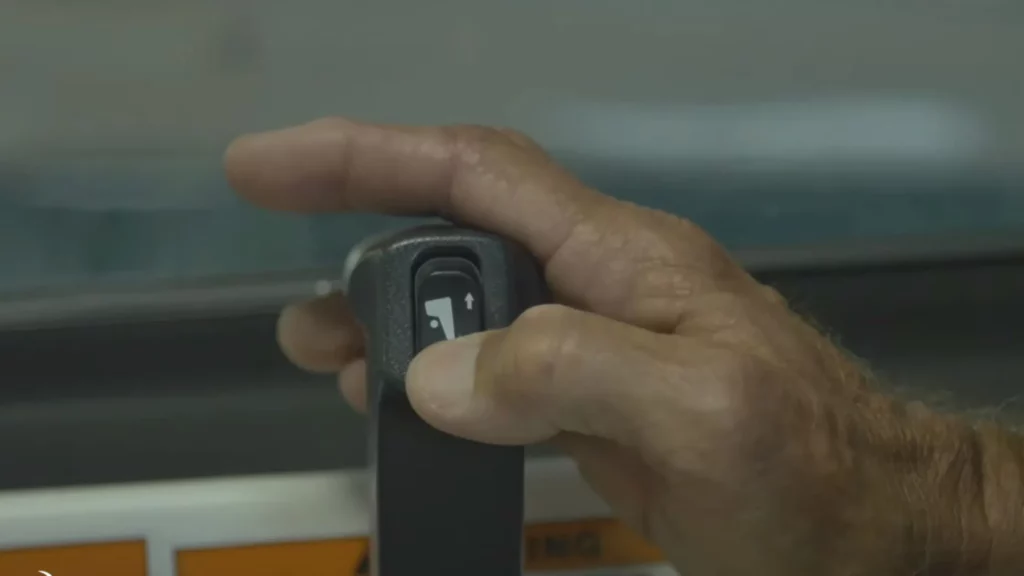
In most pontoon boats, the trim button is located on the throttle, so set it to a high setting to ensure the boat’s motor sits level and just in the water. The depth should not be too great, as I said before. This is something I cannot stress enough.
A crew member should untie the deck ropes so the pontoon boat can leave the slip.
The pontoon boat will be attached to the dock with deck ropes. One of your passengers (crew members) should untie them from the pier while you gently reverse the throttle.
Before backing out of the dock or sliding, ensure all your passengers are seated securely and ready to go.
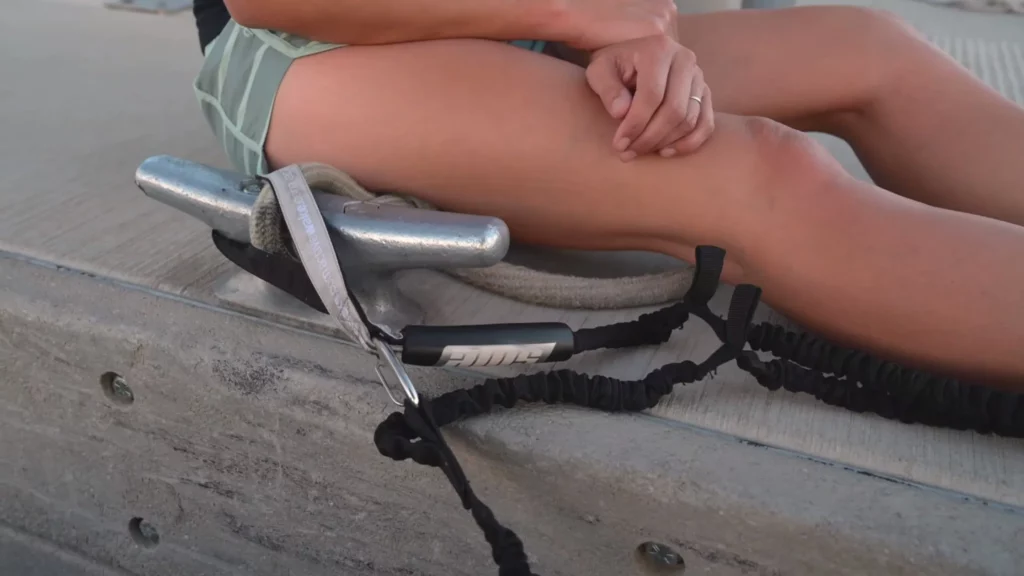
It is essential to use the pontoon’s throttle very gently. Reverse gently, and don’t use too much power.
As you reverse back, your outboard motor should be touching the water and not fully trimmed. The engine could be damaged if it is trimmed up.
Slowly and steadily, reverse the pontoon boat out of the slip.
Ensure no boats or swimmers are blocking your path behind you.
When backing out of the slip, make small and controlled throttle bursts if you have a clear path.
Turn the steering wheel so that the pontoon boat’s front faces the direction you want to go.
Using the steering wheel, start turning.
To do this, turn the wheel so the bow (front) of the pontoon boat points in the direction you wish to travel.
Driving a car is just like that.
It would help if you also pointed the front of the pontoon boat into the wind for a smoother ride.
Start gently with little power bursts while shifting into forward gear.
If you are facing the direction, you wish to travel, shift into “forward” mode and gently press the accelerator.
To learn how to drive a pontoon boat, you should make short incremental speed increases until you are comfortable driving it at a reasonable speed.
You can lose control of the pontoon boat if you first go too hard on the throttle.
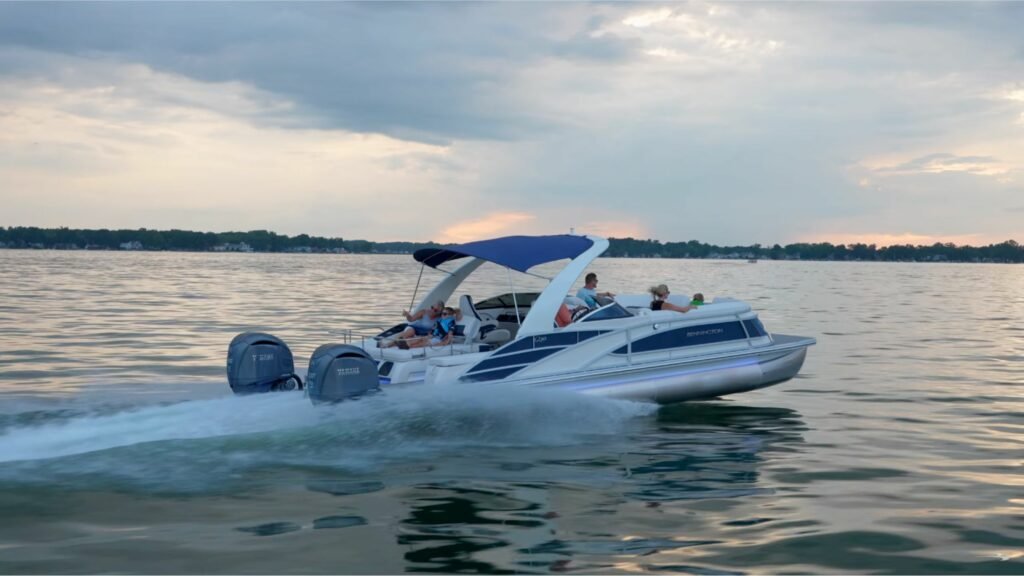
As we head out into the open water, let’s take a closer look at how a pontoon boat operates and drives.
Make sure the motor is now trimmed downward by adjusting the trim button.
When out on the open water, adjust the throttle’s trim button to a lower number once the motor is trimmed downward.
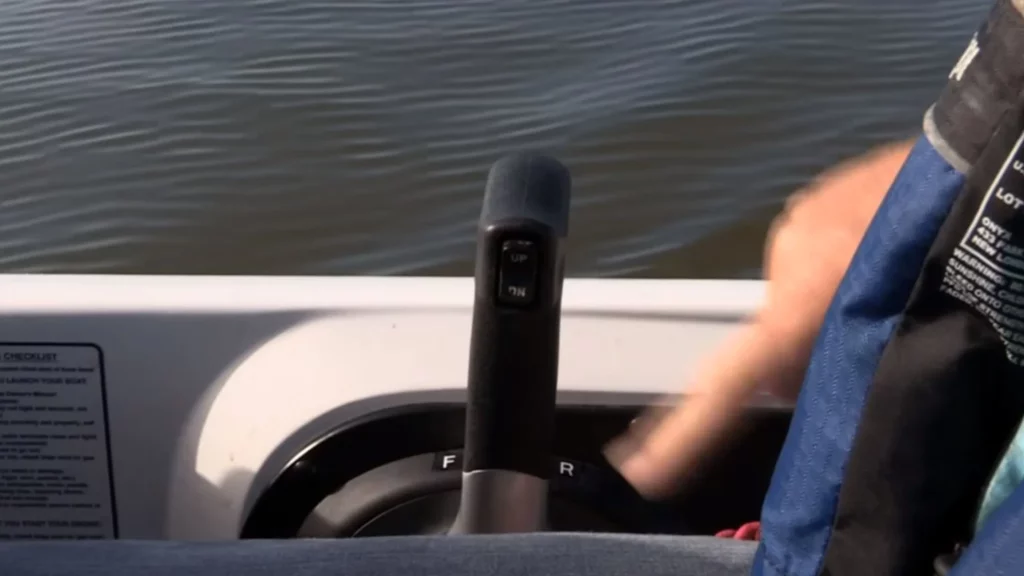
Speeding through the water will keep the pontoon boat raised at the bow by controlling the motor deeper in the lake or river.
You should always keep one hand on the wheel and one on the throttle unless unavoidable.
When driving a pontoon boat, looking 100 feet or 30 meters into the distance is always a good idea.
Always watch for hazards or other boats, just like driving a car.
The recommended distance when driving a pontoon boat is around 30 meters (about 100 feet).

Use your side and rear-view mirrors to avoid obstacles, boaters, swimmers, and animals in the water as you drive.
The weight on the boat deck should be evenly distributed from bow to stern.
As you drive, ensure that the boat’s weight is distributed evenly.
This does not just refer to passengers, who should be seated evenly along the sides, rear, and front of the boat.
Be sure that large loads of equipment are evenly spaced to prevent flooding – which is very rare in a pontoon boat. In the United States and Canada, they are one of the safest vessels on the water.
When cruising in a pontoon boat, don’t exceed 4,500 rpm.
It will help if you keep your speed down on pontoon boats since there are no brakes. Indeed, pontoon boats aren’t the fastest boats in the world (but here is a record holder if you want to know more), but the types you will be driving may still have a top speed of 30 miles per hour.
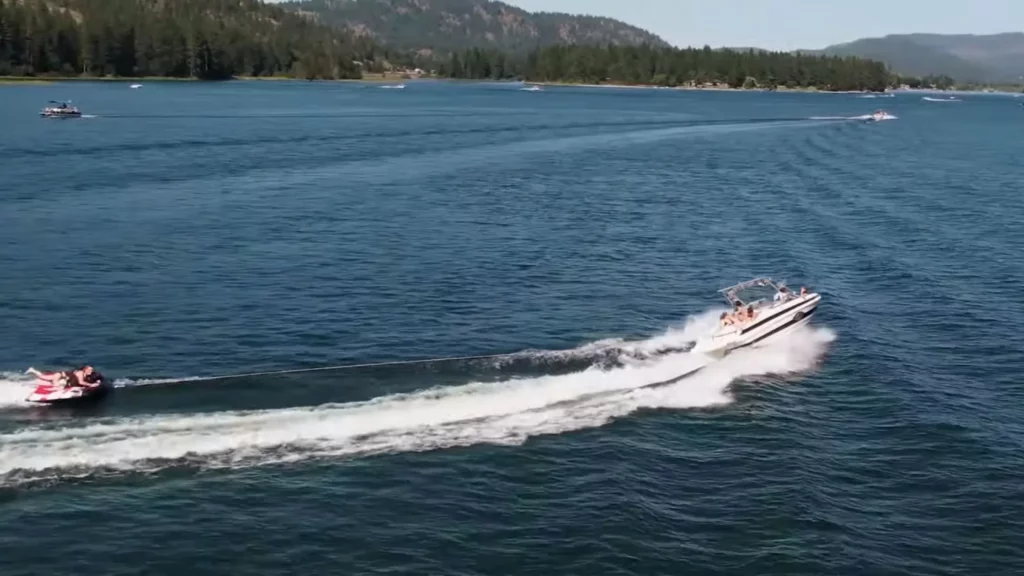
While driving through the water, I recommend cruising at about 4,500 rpm or lower.
Keeping your pontoon boat’s cruising speed slower will reduce fuel costs and make it easier to control.
Make sure you plan your turns well and don’t make sudden turns.
The turning circle of pontoon boats is not tiny, so you need to plan before turning into the water.
The pontoon’s rear can fly sideways if you turn too sharply. At higher speeds, your passengers can also be thrown around and injured.
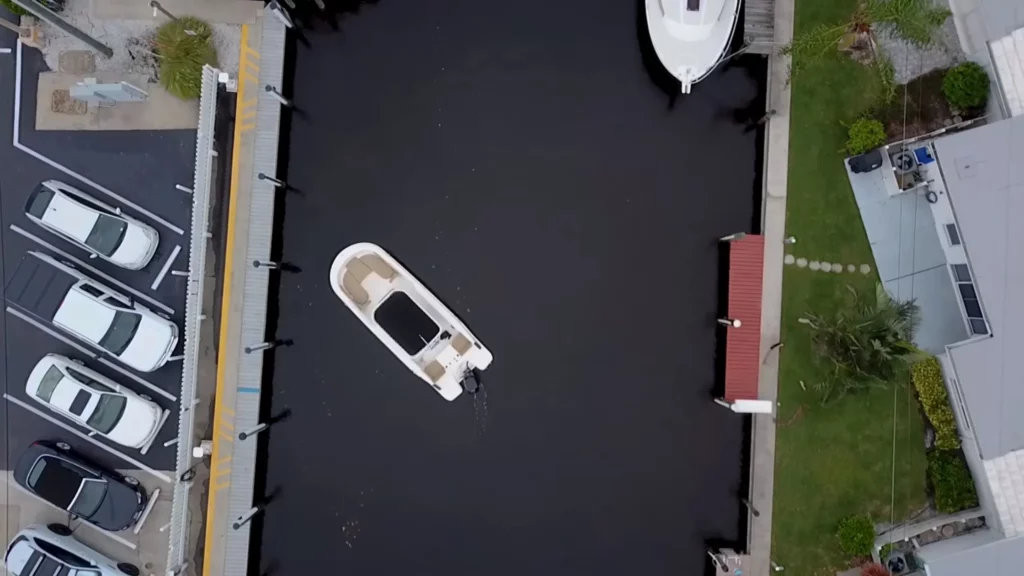
You will reduce the chances of getting injured or losing control of the boat if you plan your turns well in advance and make them in a gentle sweeping motion.
For safe driving, turn your pontoon boat downwind at medium speeds.
The pontoon boat isn’t that good at turning into the wind.
It’s best to position the boat’s front downwind, in the opposite direction of the wind, if it’s windy.
You can turn much better if you do this at a medium speed and reduce acceleration.
Give your passengers time to prepare for a sharp turn.
When you need to make a sharp turn, inform your passengers first so they can get comfortable.
You can reduce the risk of injury to your passengers by giving them warnings before turning a pontoon boat.
Simple as shouting “sharp turn coming” or “sharp turn ahead.”

It’s time to return to dry land, with the final step being to park the pontoon boat in a marina or dock slip.
Approach the dock at a slow speed, obeying the harbor speed limit.
Come in slowly and steadily when approaching docks, marinas, or slips.
Position the boat toward the dock by reducing its speed incrementally.
Docks and harbors will have their own rules, and you should see speed limits posted, so please obey them.
To avoid slippage, reduce acceleration and move into neutral.
When nearing the dock slip, reduce acceleration and shift the engine into neutral to coast in.
Approaching at high speeds can damage the boat and dock – and hurt your passengers.
The pontoon boat should be driven slowly, evenly, and steadily into the slip space.
Place the pontoon boat wheel in the center of the packing slip by turning it.
Consider drawing an arc between the center of the boat’s front and the middle of the slip’s parking space if you can imagine one.
Keep the pontoon boat as close to the imaginary line as you move it in.
You can keep yourself on track by making minor adjustments to the steering wheel if the pontoon drifts out either side.
Shift forward as you turn the wheel to ease into the dock slip.
Put the pontoon boat in forward gear as it turns.
Slowly slide into the parking slip by gently pushing the throttle forward as you turn the wheel.
It should now be possible for the pontoon boat to glide into position. There will be lots of practice over a few weeks before you get this part right. Don’t worry if it’s not perfect.
Shift the boat into reverse to make more minor parking adjustments.
You’ll have to shift into reverse to get the perfect parking position.
It is possible to center yourself at an angle, but you may have to fight the wind or water current a little.
You may need to adjust the wheel and the power you give if it is windy or in a current.
Using the ropes, ask a crew member to jump out and assist in pulling the boat into position.
Once you are in position, ask one of your passengers to jump onto the docksides so they can help you adjust.
When tying the boat to the dock, your passenger (also known as a crew member) can push you into the best position and help you get straight.
The boat can now be tied to the dock by a crew member.
Use bowline knots or a cleat hitch to tie the pontoon boat securely to the dock. To help the boat stay in place, use a cleat hitch or a bowline knot.
That’s it – you’ve successfully driven a pontoon boat or rental.
FAQS
Is it difficult to drive a pontoon boat?
Pontoon boats are unique in that they are not driven like traditional boats. They have a different steering mechanism and require more effort to maneuver. They are also more susceptible to water current and wind, making it important to know how to control the boat properly.
If you are not familiar with pontoon boats, it is best to take lessons from a certified instructor or someone who has experience driving pontoon boats. If you don’t know what you are doing, you can end up in dangerous situations that can lead to serious injuries or fatalities.

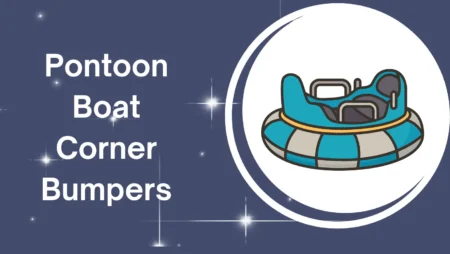


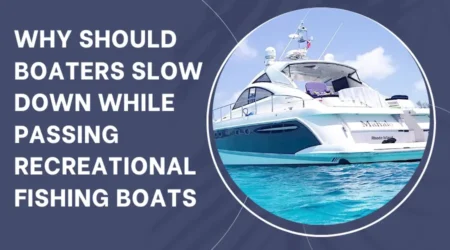

![What Is The Best Way To Avoid Overloading Your Boat?-[Guide 2023]]](https://theboatingbuds.com/wp-content/uploads/2022/03/Best-way-to-overload-boat.webp)
